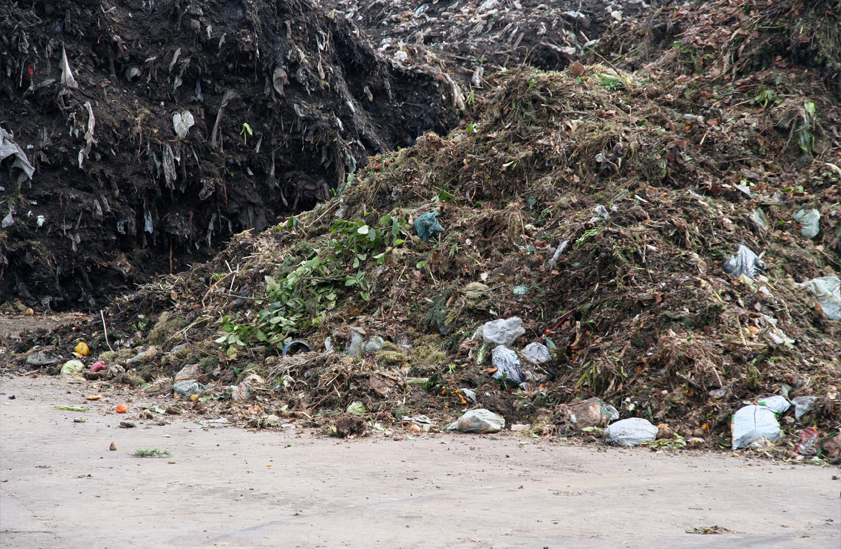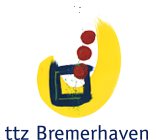
New technological applications for wet biomass waste stream products

Funding:
Research for SME Associations, FP7
Project Duration:
01.11.13 – 30.04.16
Project Manager:
Luca Doyle
Homepage:
The existing treatment methods for wet biomass waste streams are mainly incineration or landfilling: 67% of the waste is disposed of in these ways. A small amount is composted, digested anaerobically or used as animal fodder. However, the most extended methods are not the most appropiate.
NEWAPP aims at developing an alternative cost- and resource-efficient and environmentally sound way of dealing with wet biomass waste through HTC technology.
The concept behind NEWAPP is that wet biomass can be a resource more than a waste, and does not need to be disposed of in the costly and inefficient way it is nowadays. The alternative, which NEWAPP introduces, is to create a continuous system which will allow to recover carbon in an energy efficient HTC (Hydrothermal carbonization) process, producing tailor made products.
HTC consists in applying high temperatures and pressures to biomass in the presence of water, which results in two main products: a coal-like product (hydrochar) and water-soluble products. This process allows converting different biomass streams, such as waste, into fuels and other products of industrial interest (catalysers, soil remediation products, adsorbents).
NEWAPP will focus on green waste, agricultural waste, municipal solid waste, waste from food processing industry and waste from markets.
NEWAPP aims to increase the amount of bio-waste diverted from landfill and incineration into high value products that can be used as fuel, activated carbons for water treatment, soil remediation, carbon sequestration schemes and other applications. To achieve this, NEWAPP will focus on
(1) Developing a new technical utilisation pathway for turning biowaste into high value products;
(2) Exploring what different products can be obtained from the selected waste streams after the HTC process;
(3) Standardisation (development of quality and safety standards);
(4) Techniques for added value of HTC products.



